This page contains kanji.
| Sentai | No | 47th | 53rd | 18th | 70th | 244th | Independent 17th |
| Position | Narimasu | Mito | Kashiwa | Kashiwa | Chofu | Chofu | |
| Aircraft | Nick name | ¾âñÄ | ÅËζ | Èô±í | ¾âñÄ | Èô±í | »ÊÄå |
| Designation | Ki-44 | Ki-45kai | Ki-61 | Ki-44 | Ki-61 | Ki-45 | |
| Code name | Tojo | Nick | Tony | Tojo | Tony | Dinah |
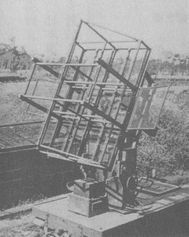 |
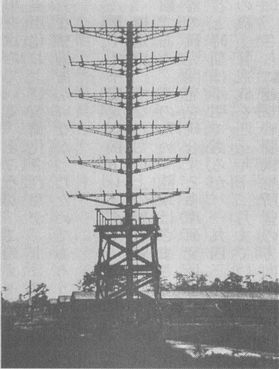 |
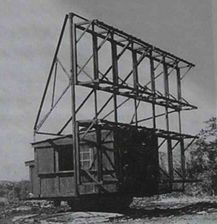 |
| IJA Tachi 2 | IJA Tachi 18 | IJN Type 11 |
| Type | Wave length[m] | Power | Pulse width |
| IJA Tachi 6 | 4.4, 4.2, 3.9, 3.8 | 50kW | 10 - 70us |
| IJA Tachi 7 | 3 | 50kW | - |
| IJA Tachi1 8 | 3.2, 3.1, 2.9, 2.8 | 50kW | - |
| IJN Type 11 | 3 | 40kW | 10 - 30us |
Flak over Tokyo
| Rentai | 7cm | 8cm | 12cm | Search light |
| 111st | 54 | 12 | 6 | 36 |
| 112nd | 48 | 6 | 0 | 18 |
| 113rd | 36 | 24 | 8 | 26 |
| 114th | 30 | 30 | 19 | 19 |
| 115th | 24 | 42 | 6 | 38 |
| 116th | 48 | 12 | 60 | 39 |
| 117th | 36 | 12 | 0 | 18 |
| 118th | 28 | 6 | 0 | 12 |
| Total | 304 | 144 | 99 | 206 |
Gunzo, p2-9, No70
IJA radar of Hachijyo Island missed detection of the big raid. The 10th Wing commander Kondo ordered intercpt at full length at 0015. The 53rd sentai flew almost 37 fighters. Twin-engine fighters actioned combat 15 times. A single-engine fighters actioned 33 times. B-29s did saving action of escaping in smokes or decending rapid each time. This suggests fighters were very effective to interrupt release of bombs at targets. It shows how importatnt to warn early. If radars find B-29s early and detect flying altitude, fighters could intercept a stream line of B-29s in effective manner.
Otherwise IJN how actioned? IJN alerted at 2206. IJN Chichijima of Ogasawara Islands reported enemies flying to the north at 2210. IJN flew 4 twin-engine night fighters till 0334. After all, information from IJN Ogasawara was in vain. Watanabe writes that IJN did not flew other night fighters because of conflict with flying area of IJA. A B-29 already had bombed Tokyo at night on 29th Nov 1944. B-29s had released firebombs of 411t using radar sight only on 25th Feb. Why IJN could not cooperate with IJA?
A pathfinder of 29th BG of 314th BW released bombs at 5,000ft at 0008 on 10 March. Though 24 B-29s took off Guam per a minute, It took an hour that all of them released bombs.
A pathfinder of 497th BG of 73rd BW released at 7,500 ft at 0014. 29 B-29s of 497BG released at 2,000 ft. 51 B-29s of 505th BG of 313rd BW and 500th BG of 73rd BW crossed Ara River and released at target 2.
Watanabe p.230
Kerr, p157-165
Hachijo-Nojima HF Radar
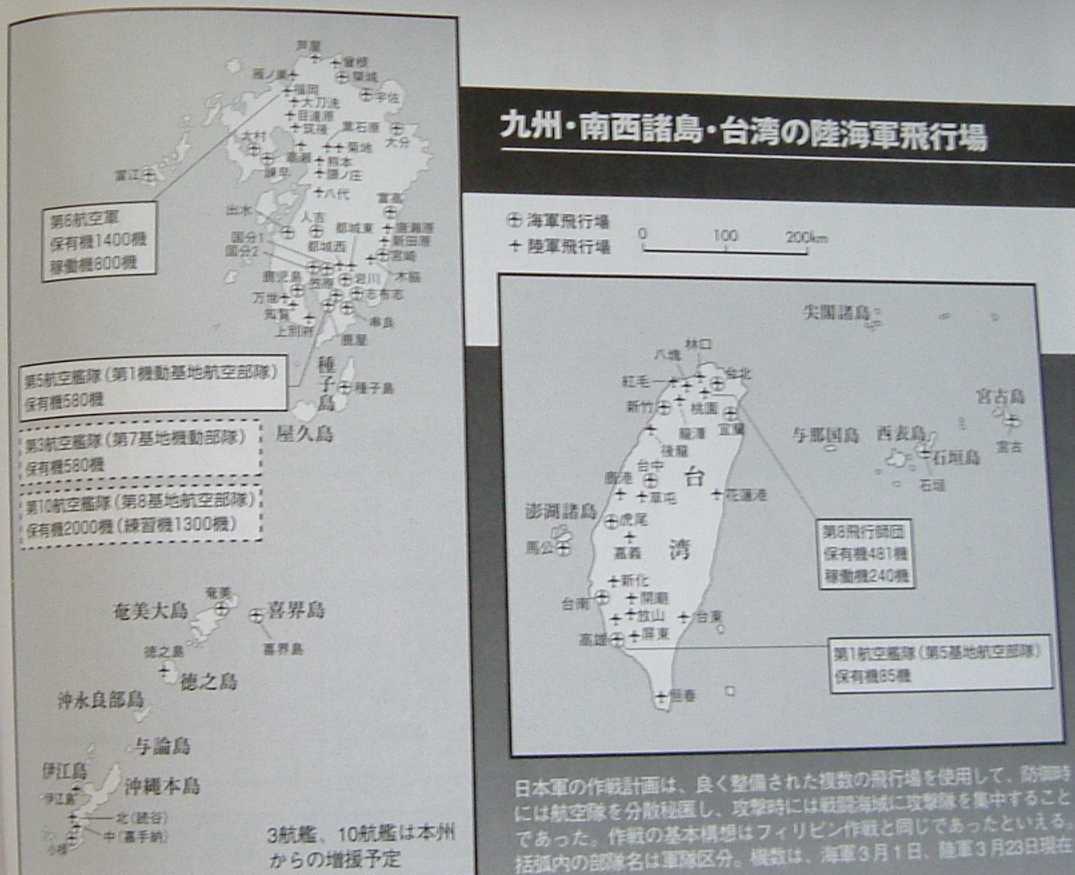 |  |
| Airfields | TG.38 location |
Gunzo, p42 No65
Gunzo, p152 No90
Gunzo, p43 No89
A UK Morane Parasol shot down LZ 37, a flying boat at night on 7 August 1915 for the first time in history[3][4][7]. Othewise a German DFW C.V shot down UK bombers on 10 February 1917[5][6][7].
UK at WWII
A Blenheim scored a Dornier Do 17 on the night of 2/3 July 1940, which was equipped with AI Mk 3[8][9][10].
-
No aircraft came home on 23rd Mar 1945. They patrolled Okinawa. An aircraft telegrammed fighter's tailing. A shitei(Ki-46) reported quite a few warships off Kerama Islands, which flew from Taiwan to Kanoya.
Iwamoto, an IJN fighter pilot of 303rd Kokutai reconnoitered Okinawa at night[11]. He wrote the action in Japanese as follows. US Marined landed Okinawa mainland on 1 April 1945.
Stars twinkles in the sky of no moon. Riding on a Zero-sen, I finished idle running. I turned on a light of wing to informing ready. I see a light of indicating lantern far forward. Seeing a signal of command post, lever full opened I took off softly. I saw no lights below in dark. Turnning around Kagoshima Airfield once with a big circle, I get 3,000m high. I fly for Okinawa on intended course directioning. I see purple bright exhaust flame in the dark sky. 30min later, I see Yaku-shima on the left, maybe. I see dotted islands forward. Up to 4,000m high, I turn on a recieiver. I hear enemy telegrams in English slightly. An hour later, Watching night fighters, up to 6,000m high, I use oxygen. I hear English intense. I see shadow of Amami-oshima on left at the back, maybe. I hear English more intense. In case of preparing intecept, flying up higher, I see a shadow of aircraft on right. Watching at the back, I gained 8,000m high. Coming near Iejima, I looked back. A night fighter chases me far some hudred meters. Diving to Iejima I lost it. Pulling up at 5,000m high, I turn around Ie-sima. I get to Okinawa-honto in a while. I fly south along the west sea side. I see a dim light far south. I fly with zero boost. Looking down Kerama Islands, big transports are lifting. I see a lot of daihatsu on the sea. I sent a wireless message. On course of returning at 500m high, I see fling aircraft for Okinawa to attack enemy near Akuseki-shima. I finished my mission of 4 hours flight[12].
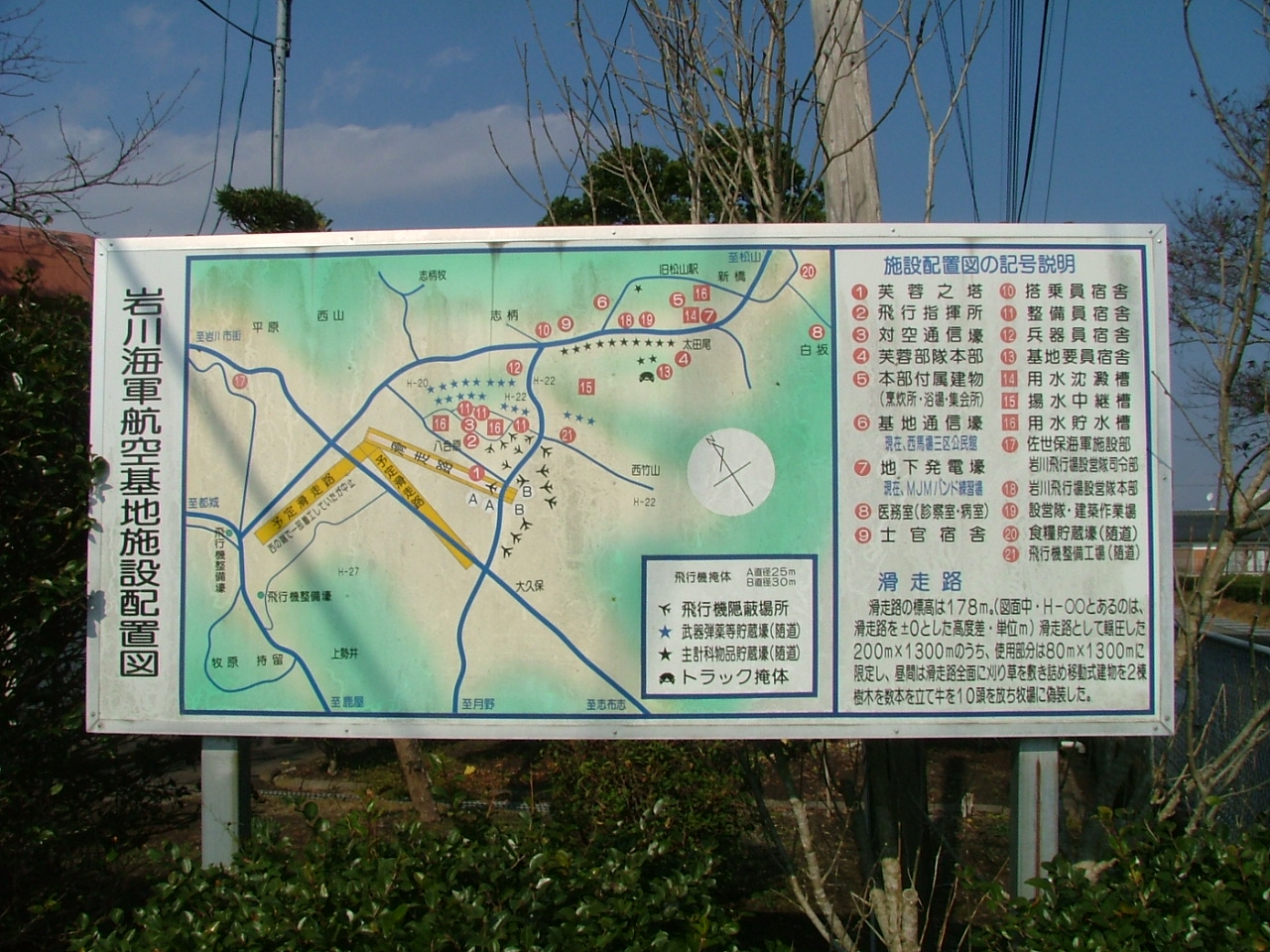 |
The tail gunner of the betty could not find the 6F6-5N. How far did it chase?
| Date | Name |
| 1944Jun05 | Denko, Kyokko, Suisei[14], Saiun-kai |
| 1944Sep01 | Suisei(D4Y2-S), Saiun-kai(C6N3) |
| 1944Sep10 | Suisei |
| 1945Jan15 | Ki-46 |
| 1945Mar24 | Ginga(P1Y1) |
While IJA adopted Ki-45 and Ki-102 as night fighters. The production of Ki-45 and Ki-102 were 1,704 and 215. Kawasaki made a trial of Ki-102 in March 1944. Japan should stop developing IJN night fighters since then. Air raids of B-29s at night destroyed Japanese cities which flew at low altitude. Instead of productioning new IJA Ki-102 and developing IJN night fighters, I think Japan had better continue old Ki-45 much as night fighters. And IJA and IJN should cooperate and develop airborne radar with desperate effort. IJN airborne PPI rader made a trial test and showed its image in the sky in August 1945 for the first time. It was late more than 5 years than UK. Japan knew Germany and Britain fought severe at night. But Japanese military governers had ignored watching on European air battle.
After the Pacific War, Dai Nippon Pharmacy sold it and named hiropon. It said, "Hirou ga pon to toreru." The abuse of it destoryed lifes of famous writers, ÂÀºË¼£, ÅÄÃæ±Ñ¸÷, ºä¸ý°Â¸ã and ¿¥ÅĺîÇ·½õ. Soon Japan regulated it by ³ÐÀú޼èÄùË¡ in 1951. Once Chinese emperors or bureaucrats enjoyed opium in Qing Dynasty, it declined China. A few modern Japanese governers depended drug. Matsuoka Yousuke usually dosed cocaine. He was an importand diplomat, when Japan walked out League of Nations and tied Tripartite Pact. Prime Minister Abe Shinzo depended on a kind of drug to sleep well in his late short duty. A site writes JFK was dependent of Amphetamine and hydrocortisone[21]. If it is true, I found why JFK choiced wrong Vietnum option. If he read Vietnumese history himself, the knowledge helped his option. US famous inherited lawmakers sometimes use a kind of drug. Are they tired of their work? If medical doctors dose them, it permits by law. Even if our leaders are dependent of drug, govern system usually works well, someone else does their work actually. Actually Japan and Thailand eacaped Western colonization, though Shougun was not smart. All most commons always work their brains to continue their daily life. Laboring harder, we always sleepy at night.
[1] Gekko ( Irving )
[2] Syowa 20 nendo no Kaigun Sentoki Seisan Keikaku
[3] The Zeppelin Raiders
[4] Zeppelin Raids
[5] DFW C.V
[6] World Aviation in 1917
[7] Yakan, p15
[8] Yakan, p68-69
[9] Blenheim
[10] Nightfighting
[11] Ki-46
[12] Iwamoto p.357-361
[13] Iwakawa Kichi
[14] Suisei (Judy)
[15] Omoi, p162
[16] Ebina, p418-419
[17] Watanabe, p369-370
[18] Watanabe, p.341-342
[19] Yakubutsu jyouhou ron
[20] Omoi, p24
[21] £Ê£Æ£Ë no yamai
[22] Ahen
© 2008-2010 Enoki Flying Board All Rights Reserved